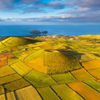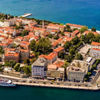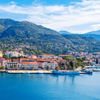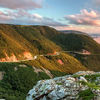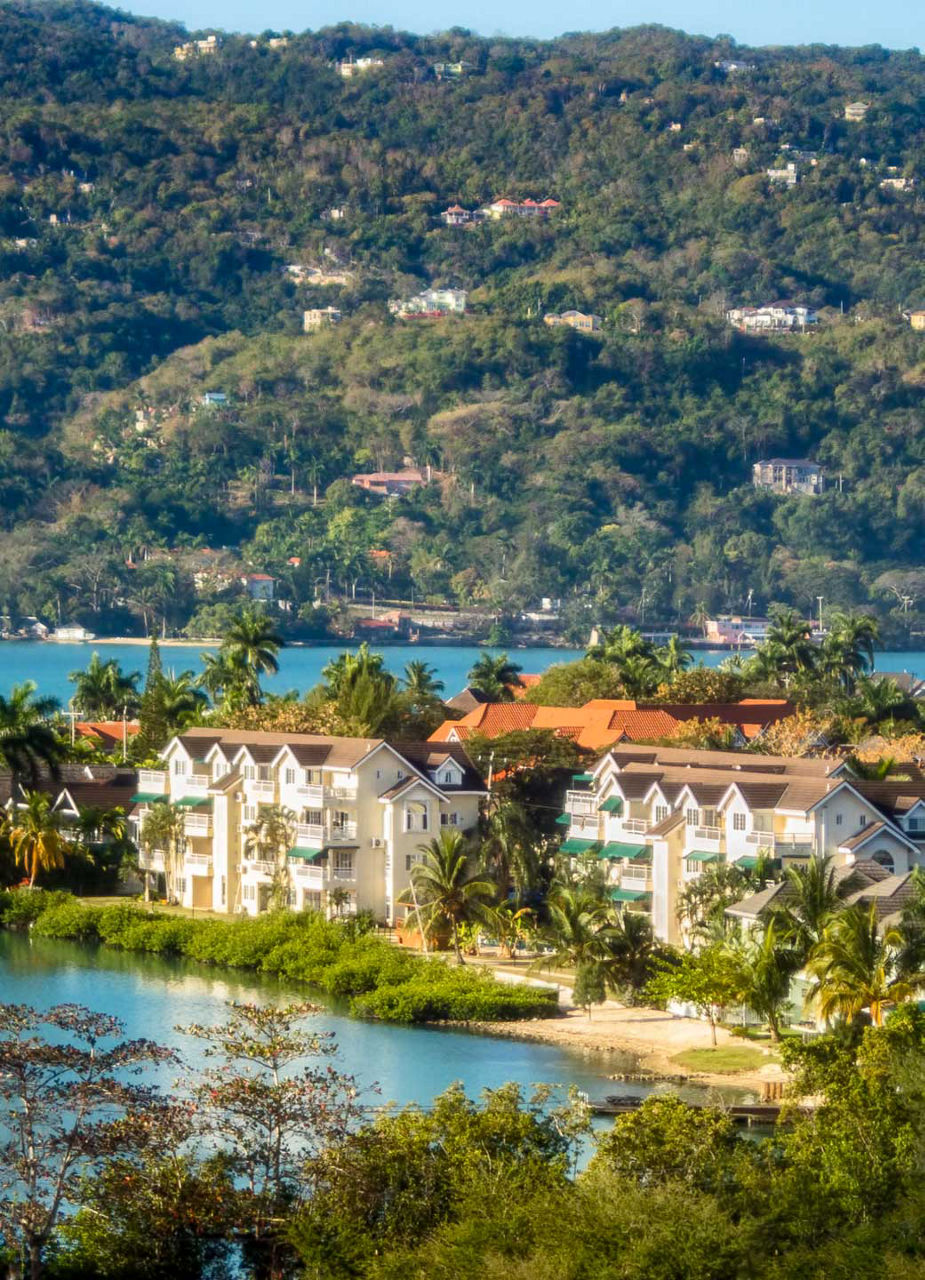
A dive into the history of reggae
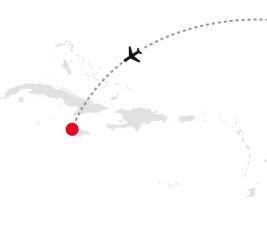
Everyone instinctively thinks of the dream island in the Caribbean with its booming bass and the unique feeling that reggae evokes when they hear Jamaica. However, even though the beat is omnipresent is not only the rhythm of the music that has made reggae famous. It is also the way it addresses social and political issues that has made this style of music what it is today. Reggae has been considered an intangible UNESCO World Heritage Site since 2018.

The origin
Reggae originated at the end of the 1960s through the influence of various styles from the USA and the Jamaican styles of ska, mento and rocksteady. Reggae is characterised by a basic rhythm that originated in Jamaica's ska productions by covering R&B songs. By slowing down the ska rhythms and emphasising the bass, rocksteady began to emerge, from which the well-known reggae beat finally ev.

The first reggae song
There are several assumptions about the first reggae song in history. Many claim that it was “People Funny Boy” by Lee "Scratch" Perry - he now lives in Einsiedeln in Switzerland. The first known song in which the word reggae appears is the single "Do The Reggay" by Toots and the Maytals from 1968.

Sound system culture
Sound systems are still the cornerstone of Jamaican music today. In the 1950s, when the first sound systems were created, it was initially a record player, huge speakers and a microphone for the sound man. All this packed onto a mobile base led to the mobile discotheques. But soon the end of the Sound Systems seemed imminent. There was a lack of good records from the USA that made people dance. But it was not the end, it was the impetus for the development of Jamaica's own music industry. The sound men took the initiative and set up their own recording studios wherever possible. These studios created a new sound, which eventually developed into reggae.


Kingston
Kingston was and still is the epicentre when it comes to Jamaican reggae or dancehall. It is the birthplace of many famous names like Sean Paul and Shaggy or the production location of many well-known studios. If you have reggae in your heart, you can't get past Kingston. Some of the parties in the capital, the dance crews or DJ's enjoy cult status. But the city's disreputable reputation is no coincidence. A certain amount of caution is definitely recommended when visiting the city.


The grand master
No one else has brought reggae to the world like Bob Marley. Even today, the traces of the grand master are unmistakable in Jamaica. Bob Marley's journey began with the band The Wailers. The story of Jamaica's most famous son can be marvelled at in the Bob Marley Museum. The museum is located in his old home on Hope Road in Kingston. In addition, a visit to the legendary Tuff Gong Studios or Trench Town, where he lived with his mother when he was young, is recommended.


The legends of reggae
The list of names that have made reggae, or other Jamaican music, great is long. Many of the artists also touched people far away from the island during their active time. Rebellious and pointing the finger at grievances, they have shaken people up. The socially critical themes in harmony with the music made people think and dance. Names like Jimmy Cliff, Burning Spear, Gregory Isaacs, Peter Tosh or Desmond Dekker were pioneers of reggae and, along with Bob Marley and the Wailers, contributed significantly to its spread.


The young guard
In the early 2000s, some young artists from Jamaica set themselves a new mission. The old rhythms paired with modern dancehall beats were to give reggae a new lease of life. The reggae revival movement and a modern reggae beat emerged. Artists like Chronixx, Protoje, Jesse Royal or Jah9 are celebrated stars on the island today and have recently made it into the playlists of European radio stations and DJs mixes.

Koffee
Mykayla Simposin, better known by her stage name Koffee, is a reggae singer from Spanish Town. She released her first singles at the age of 17, after training in the church choir. Two years later, she released her first album called Rapture and became the first woman to win the Grammy for Best Reggae Album. She is also the youngest artist ever to win the Reggae Grammy.

Reggae from Europe
When it comes to reggae of the modern era from mainland Europe, two names stand out clearly. One of the best-known artists in Europe comes from our neighbouring country, Germany. Tilmann Otto, better known as Gentleman has landed many big hits over the years and has recently released his first, German-language album. And if we look south, there is also an artist from Italy who has attracted worldwide attention as a reggae singer. The Sicilian Alborosie is one of the most sought-after artists in Europe and Jamaica. The movie Journey to Jah with the two artists won the audience award at the Zurich Film Festival 2013.


Dialect reggae
The Caribbean rhythms also have a great influence in our latitudes. Probably the best-known dialect reggae musicians and co-founders of the scene are Phenomden and Dodo. However, artists such as Stereo Luchs, Pronto or Philipp Albrecht have also recently had great success with dialect reggae or dancehall. However, the influence of reggae beats is also in the repertoire of many other Swiss artists and repeatedly finds favour with the general public. This is honoured, among other things, by the radio programme Reggae Special on SRF3. Every week on Tuesdays the Caribbean feeling is broadcast throughout Switzerland.
Header - Photo from Nytimes.com
Paragraph 3 - Photo from Theguardian.com
Paragraph 4 - Photo from Sala-apolo.com
Paragraph 5 - Photo from Rastareef.com
Paragraph 6 - Photo from Marcusbird.worldpress.com
Paragraph 6 - Photo from Lonelyplanet.com
Paragraph 7 - Photo from Mirror.co.uk
Paragraph 7 - Photo from Reddit.com
Paragraph 8 - Photo from Wikipedia.org
Paragraph 8 - Photo from Rastaseed.com
Paragraph 9 - Photo from Thetropixs.com
Paragraph 9 - Photo from Reggae-live.fr
Paragraph 11 - Photo from Originalkoffee.com
Paragraph 12 - Photo from Journeytojah-film.com
Paragraph 14 - Photo from Limmattalerzeitung.ch
Paragraph 14 - Photo from Kaufleuten.ch

